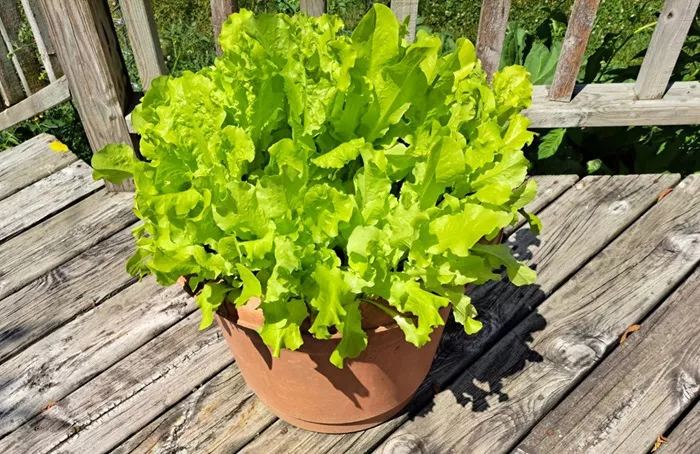JACKSONVILLE BEACH, Fla. — After learning how to build a home garden, it’s time to plant your first seeds. In this guide, we’ll walk you through planting vegetables that are perfect for the season—carrots, lettuce, and broccoli—that can be harvested just in time for your holiday meals.
Mary Ellen Waugh, who manages the BEAM garden in Jacksonville Beach, shared some expert tips to get us started. Let’s dive in with broccoli, which is best purchased as a seedling.
Before planting, Waugh recommends pruning the broccoli. She explained, “Trim off the false leaves—the first two leaves that appear when the seed germinates.” As she demonstrated, Waugh used a pair of scissors to remove these leaves from the bottom of the seedling’s stem.
Waugh also stressed the importance of planting seedlings deeply enough to support the plant’s growth. “You want to bury the seedling up to about an inch below the bottom of the top leaves,” she advised. This technique encourages the plant to develop additional roots along the buried stem, which helps prevent it from leaning as it grows.
Before planting, Waugh loosens the bottom roots of the seedling after removing it from its plastic container. This encourages the roots to spread more easily once buried in the soil.
When planting broccoli, it’s important to space seedlings out to give them room to grow. We placed the broccoli in one section of our vegetable box and then added carrots in the next section, directly beside it. Why? As the broccoli grows, it will shade the area where the carrots are planted, which benefits the carrots since they thrive with a bit of shade. Since carrots grow underground, the shading has minimal impact on their development.
To plant carrots, simply use a rake to loosen the soil. Carrot seeds only need to be planted about half an inch deep. After scattering the seeds, cover them with soil and gently pat the ground to ensure the seeds stay in place.
For lettuce, we chose Simpson Black Seed lettuce, a heat-tolerant variety that thrives in our climate. Planting lettuce is similar to planting carrots: sprinkle the seeds in the soil, cover them with soil, and pat the ground to keep the seeds secure.
Other vegetables that grow well this time of year include:
- Cabbage (seedling)
- Cauliflower (seedling)
- Kale
- Spinach
- Beets
- Brussels sprouts
- Peas
- Radish
- Turnips
- Collard greens
- Swiss chard
- Mustard greens
Companion Planting Tips
Before planting, it’s important to research which vegetables grow well together. Certain plants benefit from being planted near each other, while others may compete for nutrients or attract pests.
Waugh recommends checking online for “companion plants” for your vegetables. The best companions either enrich the soil or help ward off pests. For example, broccoli benefits from fragrant herbs like dill, oregano, or sage. However, it doesn’t grow well next to pumpkins or asparagus, which compete for soil nutrients.
Cauliflower, on the other hand, thrives with nasturtium, thyme, or spinach, but should not be planted near radishes, onions, or garlic. Cabbage does well with beets, celery, or marigolds but should be kept away from lettuce or pole beans. As a general rule, avoid planting fennel with any other vegetables.
Related topics:
- Wilting Flowers Aren’t Dying – They’re Conserving Energy
- Ancient Pollen Reveals How Plants Changed After Humans Arrived in Australia
- Ellsworth Wins Grants to Plant 150+ Trees in Urban Areas


